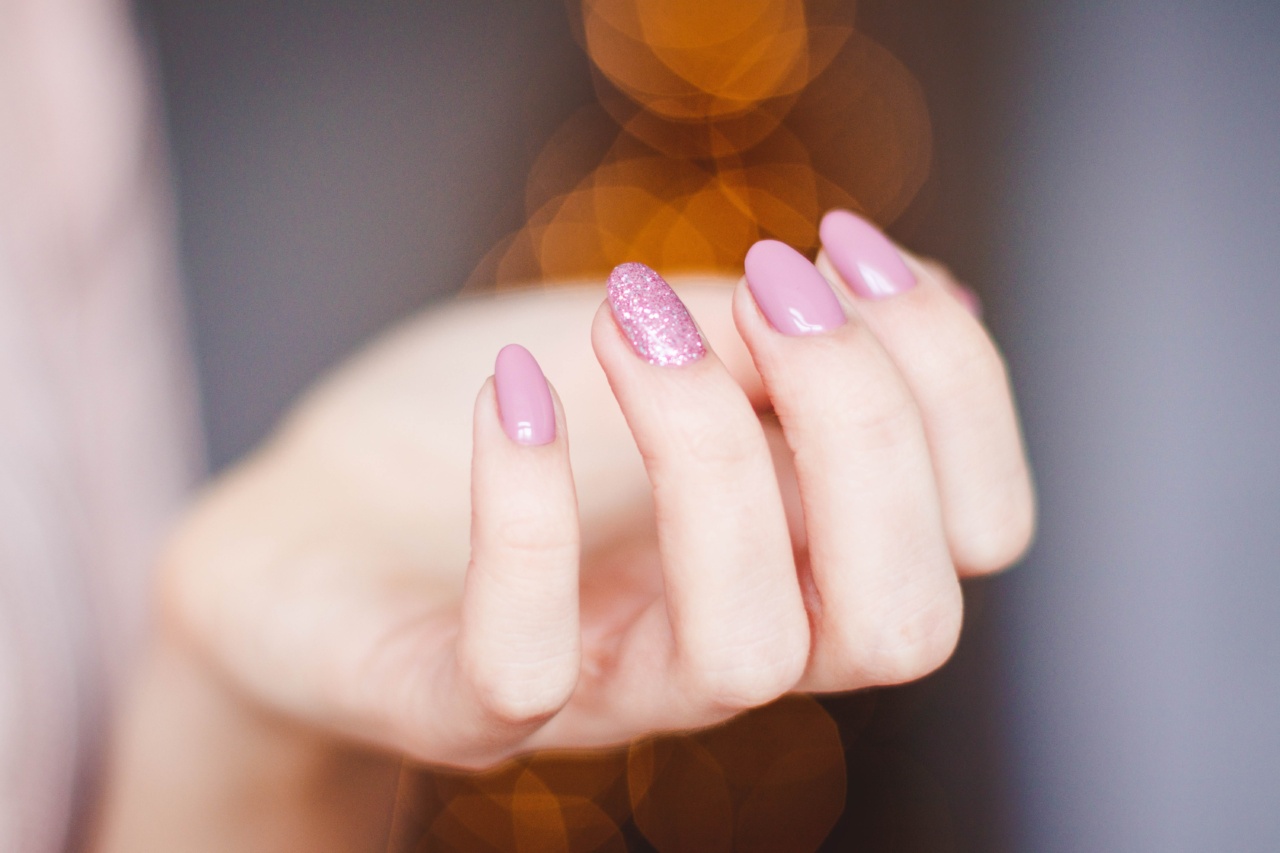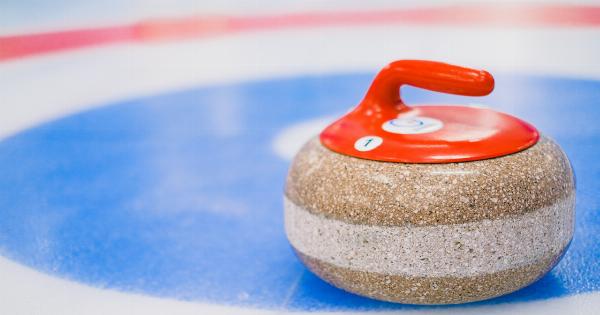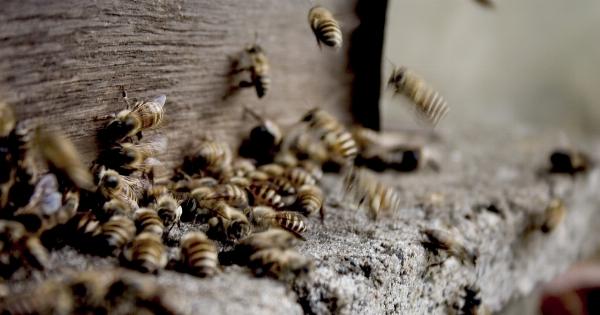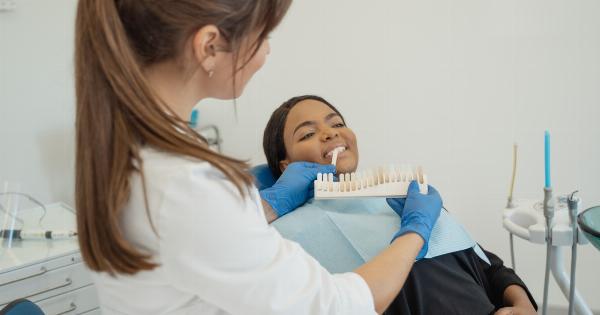Our skin is a vast, diverse ecosystem that contains millions of fungi species coexisting with manifold beneficial bacteria and other microorganisms.
Although skin fungi, in general, aren’t hazardous, they can trigger infections or exacerbate existing skin conditions if they proliferate or spread uncontrollably. This article will scrutinize the causes and effective treatments for skin fungi.
What are Fungi?
Fungi are microorganisms that comprise a diverse group of organisms ranging from the single-celled yeast to multicellular mushrooms. They live in almost every environment on earth, and some also coexist with humans.
Skin fungi are types of fungi that inhabit the skin’s surface and naturally persist on our bodies without causing any problems. However, environmental, lifestyle, and medical factors can disrupt the skin’s microbiome balance, leading to an overgrowth of skin fungi and causing skin disorders.
Causes of Skin Fungi
Poor Hygiene
Good hygiene plays a crucial role in keeping skin fungi at bay. Not bathing regularly, neglecting to wash hands, and not drying sweat and damp skin can enable fungi growth. Sweaty clothes, shoes, and socks can also foster fungus proliferation.
Spending extended periods in hot and humid environments, such as the gym, swimming pools, or saunas, can contribute to fungal infections.
Immunodeficiency
People with weakened immune systems, such as those with HIV/AIDS or cancer, are more vulnerable to skin fungi infections.
Moreover, immunosuppressive medications, chemotherapy, and organ transplantation can weaken the immune system, rendering people more susceptible to fungal infections.
Age and Gender
Age and gender play a role in skin fungi infections. Infants, children, and elderly people have weaker immune systems and are more susceptible to infections.
Moreover, men, especially those who wear tight-fitting clothes and sweaty shoes, are more prone to fungal infections than women.
Medical Conditions
Medical conditions that comprise skin irritation, such as eczema, psoriasis, rosacea, or acne, can disrupt the skin’s natural microbiota, enabling fungi growth.
Moreover, people who wear medical devices, such as braces, casts, or artificial limbs, are at higher risk of fungal infections.
Types of Skin Fungi
Ringworms
Ringworm is a common fungal skin infection that affects various body parts, including the scalp, feet, groin, and nails. Ringworms are highly contagious and can spread through skin-to-skin contact, contaminated objects, pets, or soil.
Ringworm usually appears as a circular, red, and scaly rash with a distinctive ring shape.
Athlete’s Foot
Athlete’s Foot is a fungal infection that affects the feet, particularly between the toes. It is prevalent among people who wear sweaty shoes, socks, or engage in sports activities.
Symptoms include itching, burning, cracking, and peeling of the skin.
Nail Fungus
Nail Fungus affects the nails on the fingers or toes, causing them to become thickened, discolored, and brittle. Nail Fungus is notoriously hard to treat and can persist for years without subside.
The infection can spread to the surrounding tissue if left untreated.
Candidiasis
Candidiasis is a fungal infection caused by Candida species that affect moist skin areas. Itchy and red rashes, blisters, and scales appear as a result of the infection.
Skin Fungi Treatments
Antifungal Medication
Antifungal medication is the standard treatment for most skin fungi infections. The medication may come in the form of a pill or a topical cream or lotion.
Antifungal medication works by inhibiting the growth and replication of fungi, allowing the body’s immune system to control the infection. The most commonly used antifungal medications include clotrimazole, miconazole, terbinafine, and ketoconazole.
Nail Surgery
In severe Nail Fungus cases, surgical removal of the nail may be necessary. The procedure involves removing the affected nail and applying antifungal medication under and around the nail bed.
Home Remedies
Several home remedies can help alleviate skin fungi infections. These remedies include:.
- Keep skin dry and clean – Wear breathable and loose-fitting clothes and shoes. Dry your skin and hair thoroughly after showering or swimming.
- Vinegar soaks – Soaking the affected area in a vinegar solution can help prevent fungi growth. Mix one part vinegar with two parts water and soak the affected area for 15-20 minutes. Repeat the process daily.
- Tea tree oil – Tea tree oil has antifungal and antibacterial properties. Applying tea tree oil to the affected area can help reduce fungal growth and soothe symptoms.
- Cornstarch powder – Applying cornstarch powder to the affected area can help dry out moisture and prevent fungi growth.
- Garlic – Applying crushed garlic to the affected area can help reduce fungal growth. However, garlic may cause skin irritation, so use sparingly.
Conclusion
Although skin fungi are a natural part of skin’s microbiome, overgrowth of these fungi can cause skin disorders.
Maintaining proper hygiene, treating medical conditions that cause skin irritation, and wearing proper clothing can help prevent skin fungi. For infections that don’t subside with hygiene measures, antifungal medication or surgical removal may be necessary. Employing home remedies can also be effective in alleviating symptoms and breaking the fungal growth cycle.






























